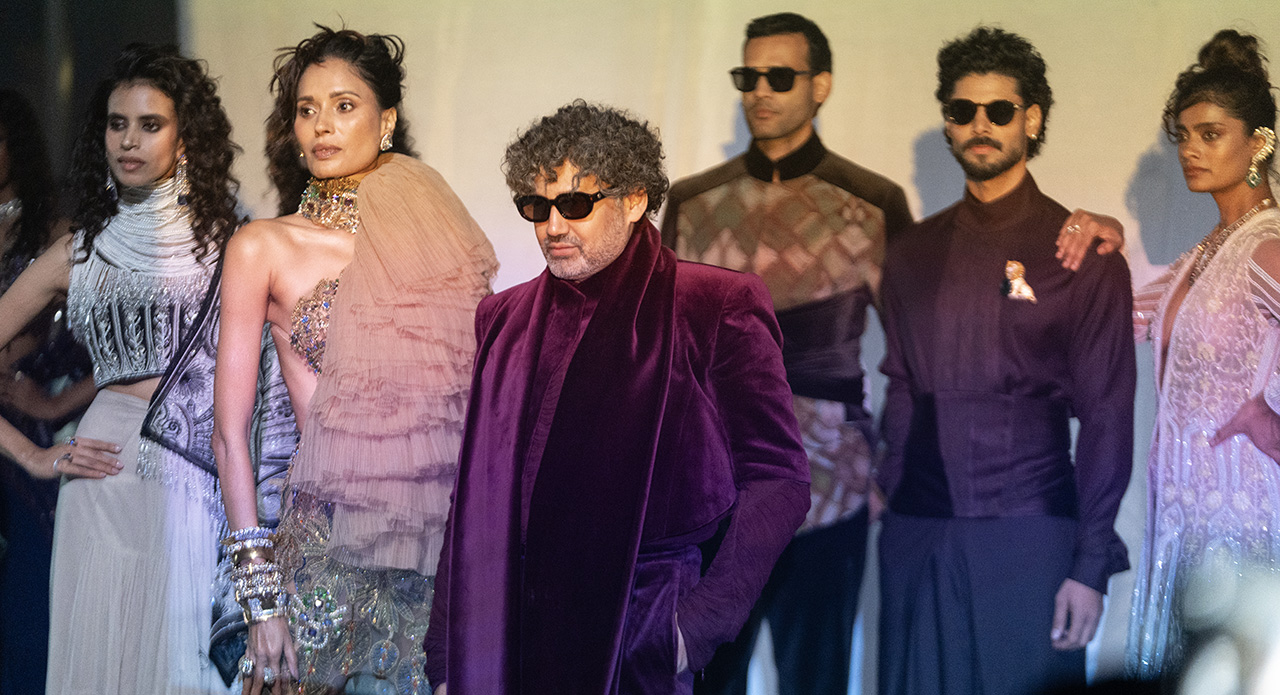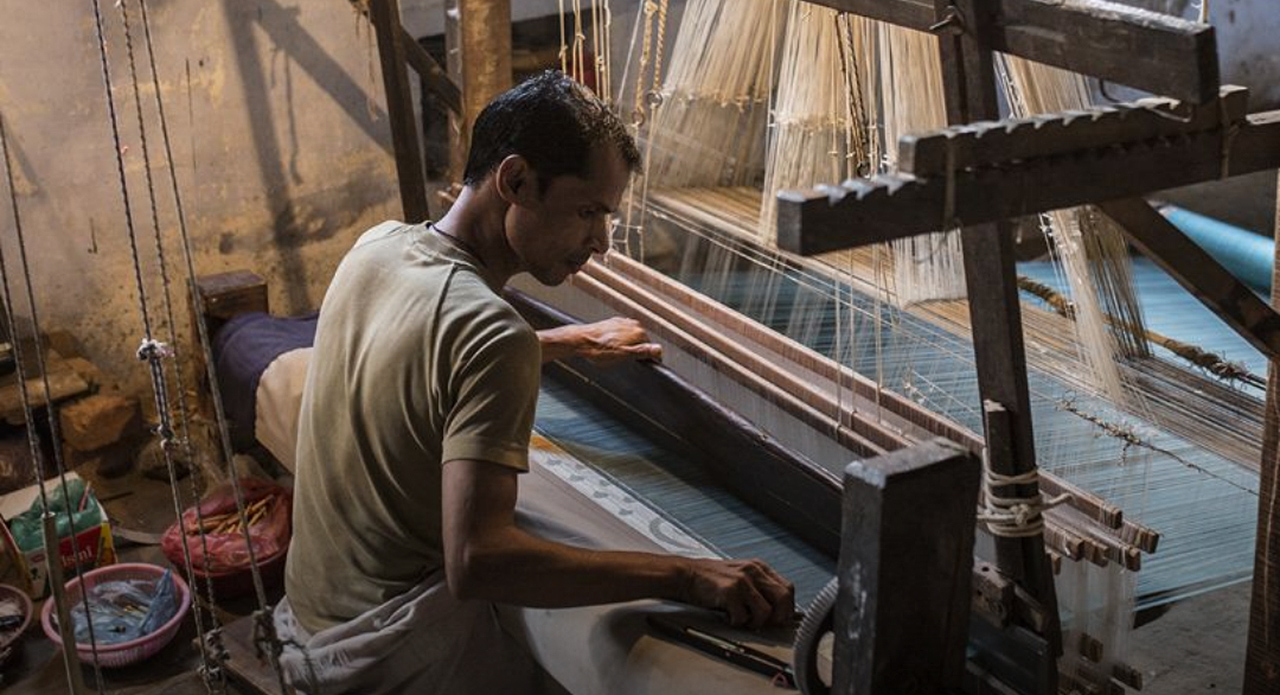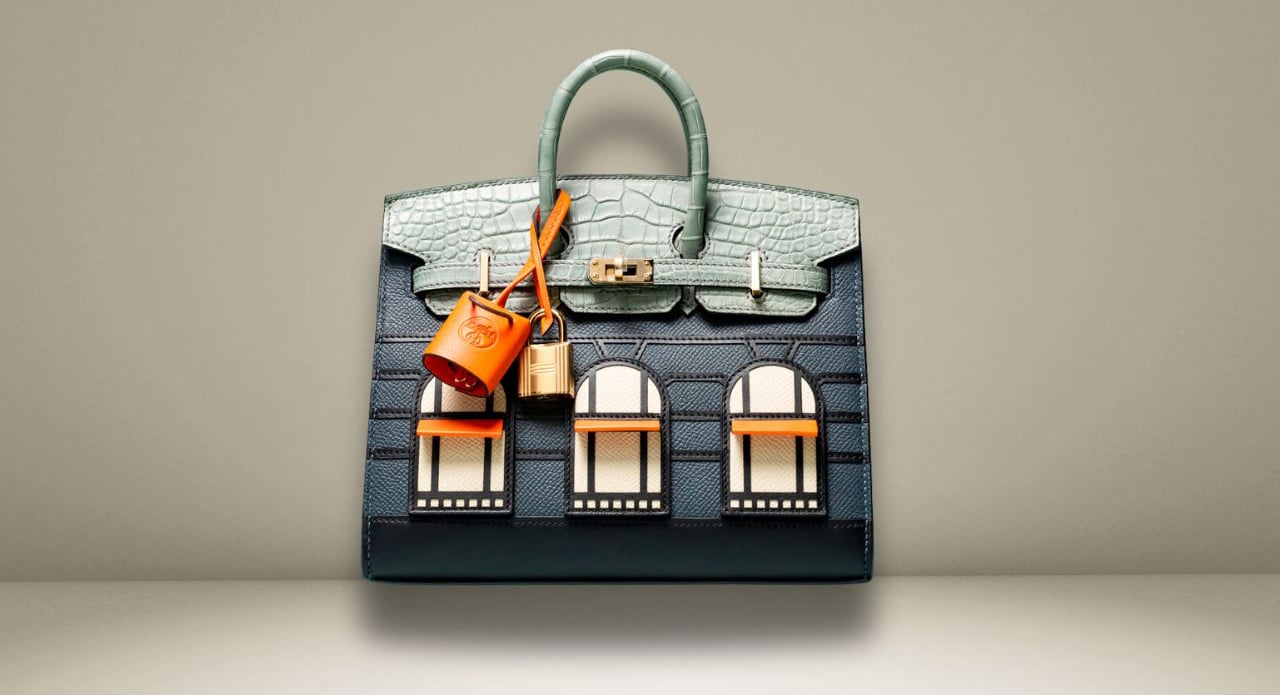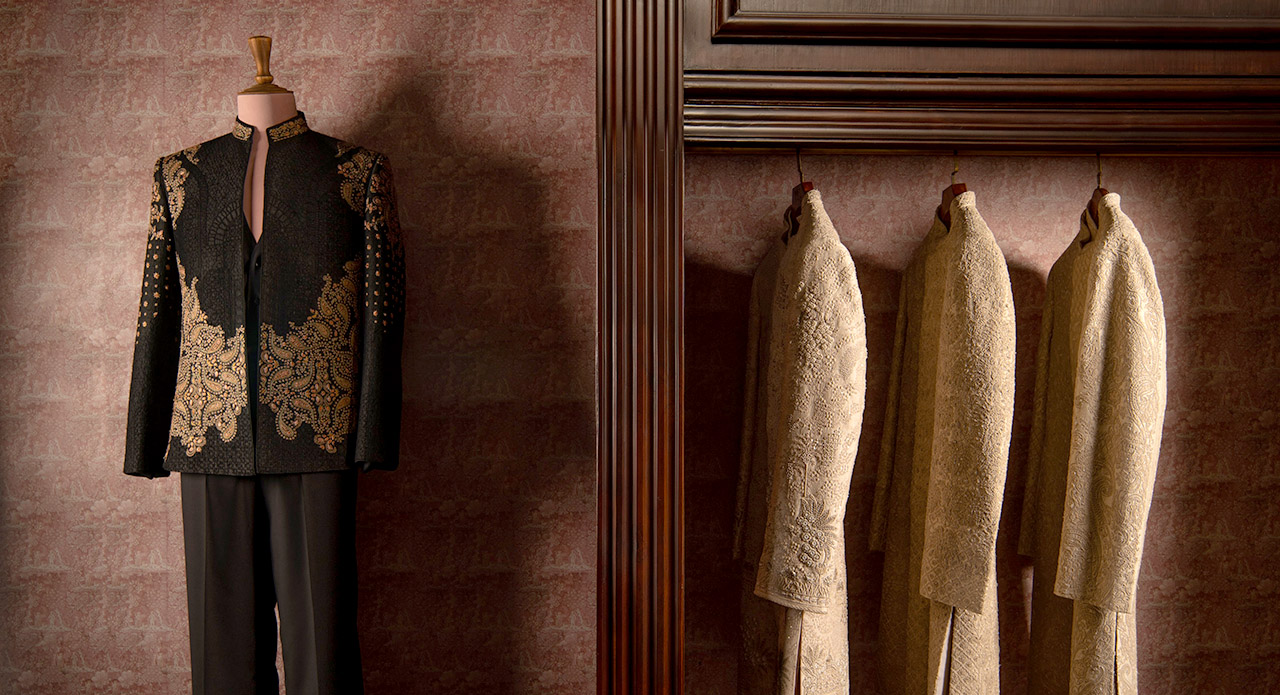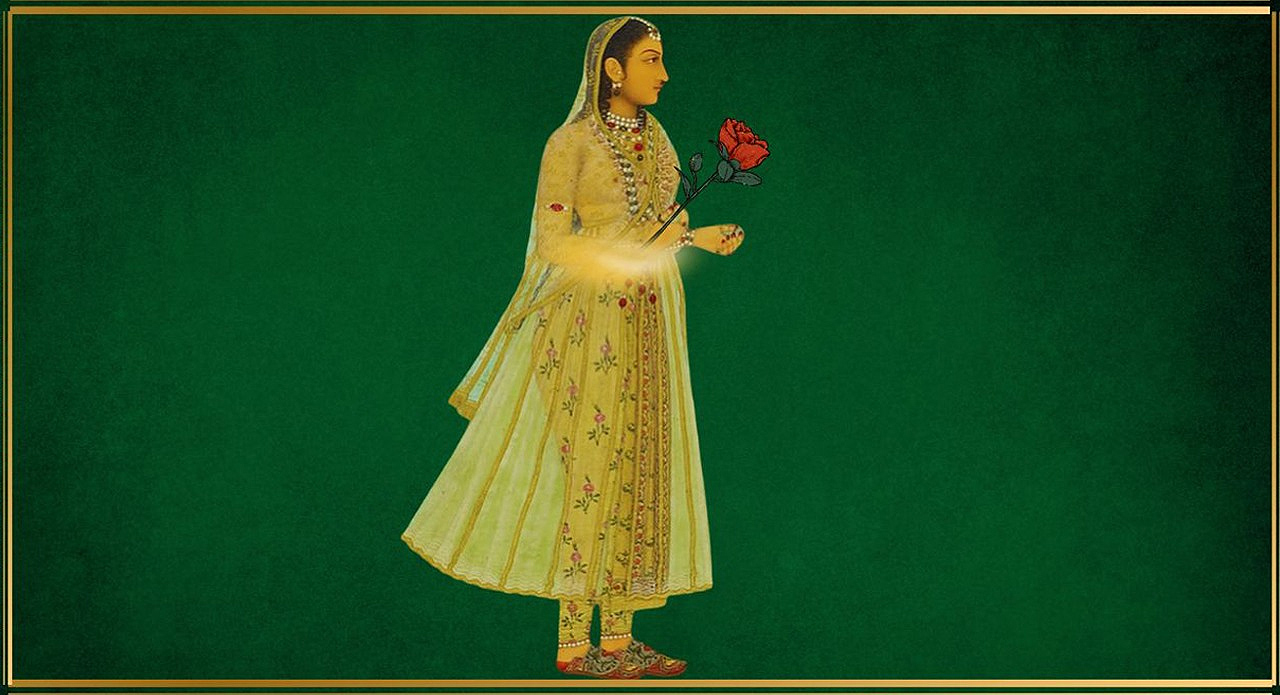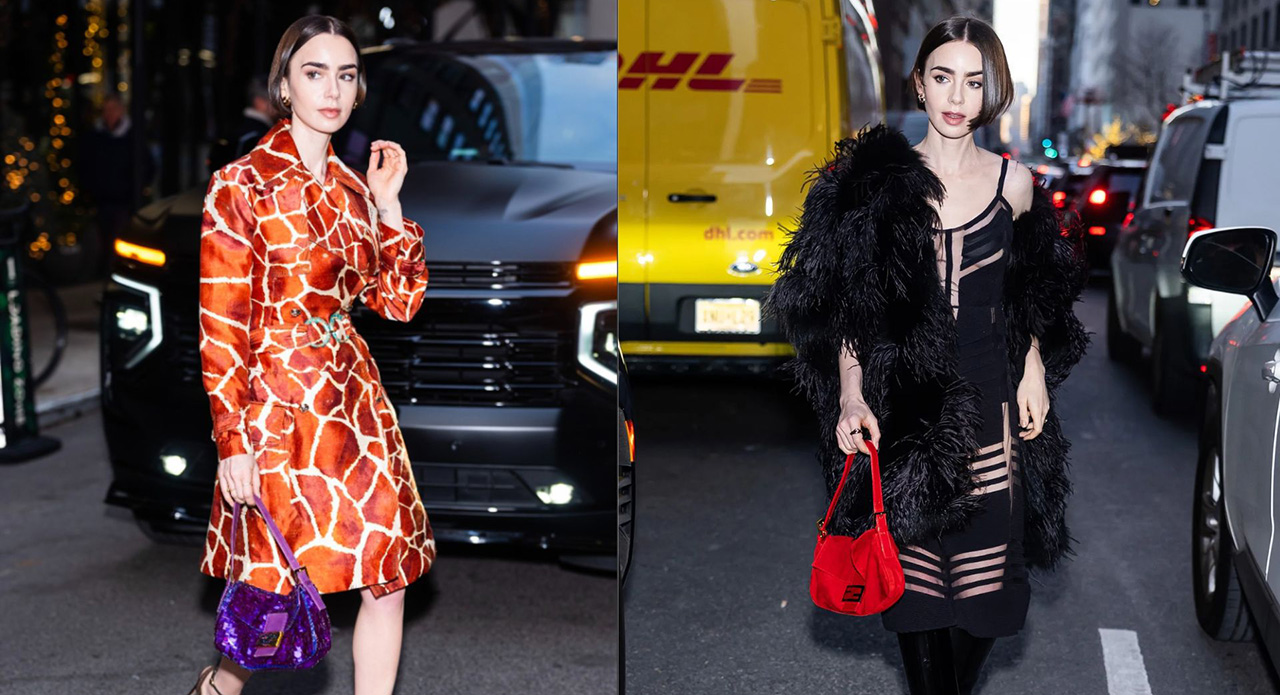A ₹35-lakh handbag inspired by an Indian autorickshaw. Kolhapuri-style sandals retailing at hundreds of dollars. Intricate Indian embroidery takes centrestage in couture houses half a world away. The once-overlooked motifs of everyday Indian life have now become prized emblems in the universe of global luxury.
What was once considered kitsch or local is now couture. Luxury brands across Europe and America are increasingly looking east—not just to sell, but to source inspiration, elevate craft, and tell a new story to the global consumer. At the centre of this shift? India’s cultural memory, street vocabulary, and artisanal legacy.
A Rickshaw on the Runway
It’s rare for a bag to break the internet, but a recent debut featuring a miniature leather handbag shaped like an Indian autorickshaw managed just that. What might have been a nod to childhood nostalgia or daily chaos in India was instead recast as an objet d’art—structured in monogrammed leather, finished with immaculate detailing, and priced upwards of ₹35 lakh. The internet had its fun—memes were rampant, jokes flew—but beneath the satire, there was a deeper conversation on who gets to tell India’s story and at what cost.

This bag wasn’t just a statement piece. It represented a pattern that’s been building for years: the appropriation, appreciation, and ultimately, monetisation of India’s visual and material culture by some of the world’s most prestigious fashion houses.
The Kolhapuri Controversy
Not long ago, Prada introduced men’s sandals that bore an unmistakable resemblance to the iconic Kolhapuri chappal. Traditionally handmade in Maharashtra and Karnataka, these sandals are a staple of Indian markets and streetwear. But on an international runway, stripped of origin or credit, they suddenly became high fashion. With no initial mention of Indian roots, the backlash was swift.

What followed was a rare admission from a major luxury house that perhaps it had gone too far in borrowing without acknowledgement. The incident not only sparked important conversations about cultural credit but also unexpectedly boosted demand for authentic Indian-made Kolhapuris—proving that the original will always have its place.
Embroidery as Soft Power
Beyond playful symbolism and street references, a more serious and sustained collaboration with India has emerged in the realm of textile craftsmanship. Embroidery ateliers in Mumbai, Gujarat, and Bengal have long been silent backbones of haute couture. Now, they’re getting top billing.

Global fashion directors are increasingly partnering with Indian artisans to produce hand-embroidered panels, runway set pieces, and even entire collections. One landmark couture show featured over 100 embroidered pieces created in India, involving hundreds of artisans and tens of thousands of hours. This is not fast fashion. This is slow, sacred, and deeply skilled work that’s now being rightfully recognised on the world’s biggest fashion stages.
Fashion’s Moral Compass
As the global luxury consumer becomes more aware, brands are under pressure to align with ethical, inclusive, and sustainable practices. Working with Indian craftspeople—when done with integrity—offers not only aesthetic value but also social credibility.
Some luxury houses have gone further, investing in long-term training programmes for women artisans, reviving near-extinct techniques, and providing global platforms to local talent. These efforts move beyond superficial inspiration and into the realm of meaningful exchange, where design becomes a two-way conversation.
A Market Ready for Luxury
India is no longer just a source of inspiration—it’s also a luxury market waiting to explode. With a burgeoning class of affluent consumers, a deep-rooted appreciation for craftsmanship, and a generation that’s globally connected yet culturally proud, India offers both cultural capital and economic promise.
This duality makes it irresistible for luxury brands: a place where they can both source stories and sell status. The use of Indian motifs is no longer accidental—it’s strategic.
The Fine Line Between Homage and Hype
But where does one draw the line between homage and exploitation? A bejewelled bag shaped like a rickshaw may seem fun, but without meaningful context or credit, it risks reducing rich cultural symbols to trend-driven novelties.
ALSO READ: Prada Kolhapuris In Milan, Bandhani In Stockholm – Why Fashion Still Fails Indian Culture
To truly honour India, luxury must go deeper—into workshops, into communities, and into shared authorship. That means collaborating with Indian designers, telling authentic stories, and giving artisans not just wages, but visibility.
Conclusion
India has long been the muse, the maker, and the mystery in global fashion’s imagination. But now, it is demanding its place at the table—not as a silent contributor, but as a co-creator of luxury narratives. From autorickshaw bags to embroidered gowns, the world is watching—and India is no longer just being worn. It’s being heard.




